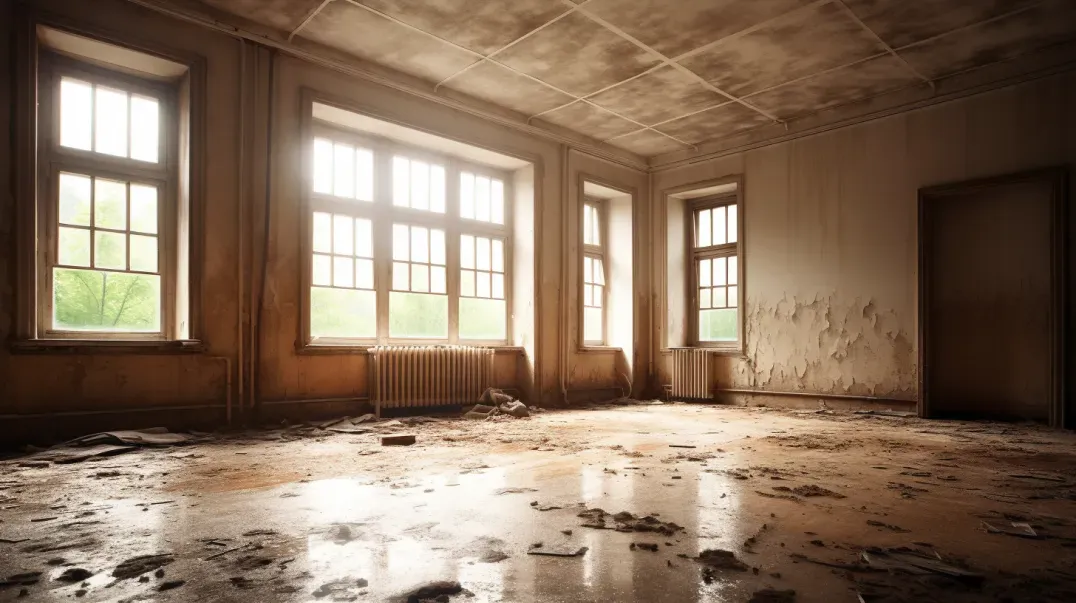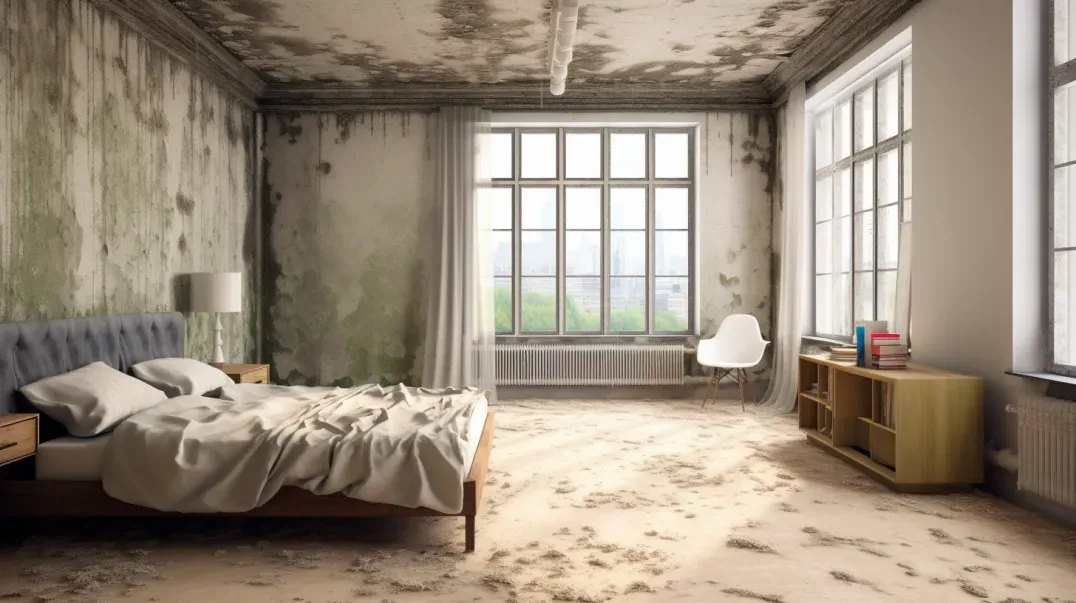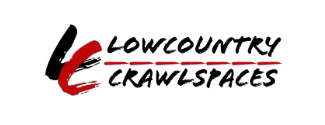Mold Prevention in Schools and Public Facilities
In the bustling environments of schools and public facilities, where the well-being of students, staff, and visitors is paramount, the significance of mold prevention cannot be overstated. These buildings are not just structures; they are vibrant hubs of activity and learning, places where communities come together, and as such, they demand a safe and healthy environment free from the risks associated with mold growth. This blog delves into the critical importance of mold prevention in these settings, exploring why proactive measures are not just beneficial but essential for the health, safety, and well-being of all occupants.
Mold, a pervasive issue that can lurk in the hidden corners of any building, poses significant health risks, particularly in densely populated facilities like schools and public buildings. Its presence can lead to a range of health problems, from mild allergic reactions to serious respiratory conditions, affecting the most vulnerable among us—children, the elderly, and those with pre-existing health conditions. Beyond health concerns, mold can also cause substantial damage to the infrastructure of buildings, leading to costly repairs and, in severe cases, temporary closures.
Understanding the stakes, this blog aims to equip administrators, facility managers, and the public with the knowledge and strategies necessary to effectively combat mold. From identifying common sources of moisture that can lead to mold growth to implementing comprehensive prevention plans, we will cover the essential steps in creating and maintaining mold-free environments in schools and public facilities. Join us as we explore the multifaceted approach to mold prevention, emphasizing the importance of regular inspections, maintenance, and the role of community awareness in safeguarding our public spaces.
Through awareness, education, and proactive prevention measures, we can ensure that our schools and public facilities remain safe, healthy, and welcoming spaces for everyone. Let’s embark on this journey towards better indoor air quality and mold-free environments, where the focus can remain on learning, growth, and community engagement.
Understanding the Risks of Mold in Public Spaces
Mold in public spaces, particularly in schools and public facilities, poses significant health risks and operational challenges. These buildings, by their very nature, are susceptible to mold growth due to factors such as high occupancy rates and the diversity of activities they accommodate. Understanding these risks and the specific vulnerabilities of these environments is crucial for implementing effective mold prevention and remediation strategies.
Why Schools and Public Facilities Are Vulnerable
Schools and public facilities face unique challenges that make them particularly prone to mold growth:
- High Occupancy: The large number of occupants in schools and public facilities contributes to increased indoor humidity levels through respiration, perspiration, and various activities. High humidity is a key factor in mold growth.
- Diverse Activities: Activities ranging from physical education to science experiments can introduce moisture into the environment. Facilities such as locker rooms, cafeterias, and bathrooms are especially prone to becoming mold growth hotspots due to their high moisture levels.
- Aging Infrastructure: Many public buildings operate within older structures where aging HVAC systems, leaky roofs, and deteriorating plumbing can contribute to moisture accumulation and, consequently, mold growth.
- Seasonal Use: Schools, in particular, may sit partially unused during summer months, allowing humidity levels to rise unchecked and creating ideal conditions for mold to flourish.
Health Implications of Mold in Public Spaces
The presence of mold in public spaces can have serious health implications, especially for vulnerable populations such as children and individuals with pre-existing respiratory conditions:
- Allergic Reactions: Mold can trigger allergic reactions in sensitive individuals, leading to symptoms such as sneezing, itching, and watery eyes.
- Respiratory Issues: Exposure to mold can exacerbate asthma and other respiratory conditions, potentially leading to increased absenteeism among students and staff.
- Long-Term Health Effects: Prolonged exposure to mold spores may contribute to more serious health issues, including chronic respiratory conditions and immune system disorders.
- Vulnerable Populations: Children, the elderly, and those with compromised immune systems or pre-existing health conditions are particularly at risk for adverse health effects from mold exposure.
Given these risks, it is imperative that schools and public facilities adopt comprehensive mold prevention and remediation strategies. Regular inspections, maintenance of HVAC and plumbing systems, control of indoor humidity levels, and prompt attention to any signs of mold are essential measures to protect the health and well-being of occupants and preserve the integrity of public spaces.
Key Strategies for Mold Prevention
Preventing mold growth is essential for maintaining a healthy indoor environment and preserving the structural integrity of buildings. Mold prevention requires a proactive approach, focusing on early identification of potential issues through regular inspections and effective moisture control. Implementing these key strategies can significantly reduce the risk of mold proliferation in large buildings.
Regular Building Inspections
Routine inspections play a vital role in early mold detection and prevention. By identifying potential mold issues before they escalate, building managers can take timely action to mitigate risks:
- Scheduled Inspections: Establish a regular schedule for comprehensive building inspections, focusing on areas prone to moisture accumulation such as basements, bathrooms, kitchens, and HVAC system components.
- Professional Assessments: Consider engaging professionals for annual or bi-annual inspections, especially for large or complex buildings. Mold assessment specialists can identify hidden mold and moisture issues that may not be apparent during routine checks.
- Moisture Detection: Use moisture meters and humidity sensors to monitor moisture levels in susceptible areas. Identifying and addressing moisture problems early can prevent mold growth.
- Documentation and Tracking: Maintain detailed records of inspection findings, including photographs and notes. Documenting inspections helps track the effectiveness of mold prevention strategies over time.
Effective Moisture Control
Controlling indoor moisture levels is crucial for mold prevention. Effective moisture control strategies include proper ventilation, use of dehumidifiers, and addressing sources of moisture:
- Proper Ventilation: Ensure adequate ventilation throughout the building, particularly in high-moisture areas. Use exhaust fans in bathrooms and kitchens to remove moist air directly to the outside.
- Dehumidification: In areas with high humidity levels, use dehumidifiers to maintain indoor humidity between 30-50%. This range minimizes the risk of mold growth.
- Addressing Leaks and Water Intrusion: Promptly repair leaks in roofing, plumbing, and building exteriors to prevent water accumulation. Regularly clean and maintain gutters and downspouts to ensure proper drainage away from the building.
- Insulation and Vapor Barriers: Properly insulate pipes, walls, and ceilings to prevent condensation. Use vapor barriers in crawl spaces and basements to reduce ground moisture intrusion.
By prioritizing regular building inspections and effective moisture control, building managers can implement a comprehensive mold prevention strategy. These proactive measures not only protect the health of building occupants but also contribute to the longevity and safety of the building structure itself.
Ventilation and Air Quality Management
Maintaining high indoor air quality is essential for the health and comfort of building occupants and plays a crucial role in preventing mold growth. Effective ventilation and air quality management are key components of a comprehensive strategy to ensure a healthy indoor environment. This section explores the importance of proper ventilation in reducing indoor humidity and preventing mold, alongside the benefits of implementing air quality monitoring to detect mold spores.
Importance of Proper Ventilation
Adequate ventilation is vital for controlling indoor humidity levels, removing contaminated air, and preventing mold growth. Here are strategies for ensuring effective ventilation:
- Natural Ventilation: Utilize windows and doors to allow fresh air to circulate throughout the building, reducing moisture levels and diluting indoor pollutants. Consider the building's design and local climate to maximize the effectiveness of natural ventilation.
- Mechanical Ventilation: In buildings where natural ventilation is insufficient, mechanical ventilation systems, including HVAC systems with humidity control, can provide continuous air exchange. Ensure these systems are regularly maintained and filters are replaced according to manufacturer recommendations.
- Targeted Exhaust Fans: Install exhaust fans in high-moisture areas such as bathrooms, kitchens, and laundry rooms. These fans should vent directly to the outside, removing moist air at the source and preventing it from circulating throughout the building.
- Balanced Ventilation Systems: Consider installing balanced ventilation systems, such as Heat Recovery Ventilators (HRVs) or Energy Recovery Ventilators (ERVs), which can efficiently exchange indoor and outdoor air while conserving energy.
Air Quality Monitoring
Monitoring indoor air quality is an essential practice for identifying the presence of mold spores and other pollutants. Implementing air quality monitoring can help detect issues early and guide remediation efforts:
- Use of Air Quality Sensors: Deploy air quality sensors that can detect a range of pollutants, including mold spores, humidity levels, and volatile organic compounds (VOCs). These sensors can provide real-time data, allowing for prompt action when issues are detected.
- Regular Mold Testing: In addition to continuous monitoring, consider regular mold testing, especially in areas prone to moisture accumulation. Professional mold assessments can identify hidden mold growth and the types of mold present.
- Responding to Air Quality Issues: Develop a response plan for when air quality sensors indicate high levels of humidity or the presence of mold spores. This plan may include increasing ventilation, using dehumidifiers, or consulting with mold remediation specialists.
- Educating Building Occupants: Inform building occupants about the importance of maintaining good air quality and the role they can play, such as reporting leaks, using exhaust fans, and avoiding activities that contribute to high humidity levels.
By prioritizing proper ventilation and implementing air quality monitoring, building managers and homeowners can significantly reduce the risk of mold growth and ensure a healthier indoor environment. These proactive measures are essential for protecting the well-being of occupants and preserving the integrity of the building.
Maintenance and Cleaning Protocols
Maintaining a mold-free environment requires diligent attention to both routine maintenance and regular cleaning practices. By establishing a proactive maintenance schedule and adhering to effective cleaning protocols, homeowners and facility managers can significantly reduce the risk of mold growth and ensure a healthier indoor environment. This section details the essential components of a mold prevention strategy, focusing on maintenance checks and cleaning practices tailored to areas most susceptible to mold.
Routine Maintenance for Mold Prevention
A well-planned maintenance schedule is crucial for early detection of conditions that could lead to mold growth. Key elements of this schedule should include:
- Regular Leak Checks: Inspect plumbing, roofing, and windows regularly for signs of leaks. Early detection and repair of leaks prevent moisture accumulation that could foster mold growth.
- Dampness Monitoring: Use moisture meters to monitor humidity levels in prone areas. Addressing areas of dampness promptly can prevent the conditions mold spores need to thrive.
- Ventilation Efficiency: Ensure that ventilation systems, including HVAC and exhaust fans, are operating efficiently. Clean or replace filters as recommended by the manufacturer and check for blockages in ducts and vents.
- Seasonal Inspections: Conduct thorough inspections of the building's exterior and interior before seasonal changes, as different weather conditions can introduce new risks for moisture intrusion.
Cleaning Practices to Minimize Mold Risk
In addition to routine maintenance, adopting specific cleaning practices can further minimize the risk of mold growth, especially in areas of the home or facility that are exposed to high levels of moisture:
- Focus on High-Moisture Areas: Bathrooms and kitchens are particularly vulnerable to mold due to their high humidity levels. Regular cleaning of these areas, including showers, sinks, and countertops, can prevent mold accumulation.
- Use Mold-Inhibiting Cleaners: For areas prone to mold, consider using cleaners that contain mold inhibitors. However, ensure these products are safe for the surfaces being cleaned and for the building's occupants.
- Dry Wet Surfaces Promptly: Wipe down any wet surfaces immediately after use, especially in bathrooms and kitchens. Use squeegees on shower walls and doors to minimize water residue.
- Manage Textiles and Fabrics: Regularly wash and dry shower curtains, towels, and bathmats. Consider using shower curtains and bathmats made from materials that resist mold growth.
By integrating these maintenance and cleaning protocols into a regular schedule, individuals responsible for the upkeep of homes and public facilities can effectively prevent mold growth. These proactive measures not only protect the structural integrity of buildings but also contribute to the overall well-being of their occupants by providing a cleaner, healthier living and working environment.
Educating Staff and Occupants
Effective mold prevention and management in buildings, especially in schools and public facilities, require not just structural and environmental controls but also a well-informed community. Educating both staff and occupants about mold prevention, early detection, and the proper channels for reporting potential issues is crucial. This section explores the development of training programs for maintenance and custodial staff and awareness initiatives for building occupants.
Training for Maintenance and Custodial Staff
Maintenance and custodial staff are on the front lines of mold prevention and early detection. Providing them with comprehensive training ensures they are well-equipped to identify and address mold risks effectively:
- Mold Prevention Techniques: Training should cover the fundamentals of mold growth conditions and prevention techniques, focusing on moisture control, proper ventilation, and the use of mold-inhibiting products.
- Early Detection and Reporting: Equip staff with the knowledge to recognize early signs of mold and the procedures for reporting these findings to facility managers for further action.
- Safe Cleaning Practices: Offer guidance on safe and effective cleaning practices for mold removal, emphasizing the use of personal protective equipment (PPE) and the selection of appropriate cleaning agents that are safe for both staff and building materials.
- Routine Inspection Protocols: Develop protocols for regular inspections of areas prone to moisture accumulation and mold growth, including basements, bathrooms, and HVAC systems, as part of the training curriculum.
Awareness Programs for Occupants
Creating awareness among students, staff, and visitors about mold prevention contributes to a healthier building environment. Awareness programs can empower occupants to play an active role in mold prevention:
- Educational Materials: Distribute brochures, posters, and digital content that highlight the importance of mold prevention, signs of mold growth, and health implications of mold exposure.
- Reporting Mechanisms: Inform occupants about the procedures for reporting suspected mold issues, ensuring they know who to contact and how to describe what they've observed.
- Health and Safety Workshops: Organize workshops or seminars that address mold-related health concerns, prevention strategies, and the collective responsibility of occupants in maintaining a mold-free environment.
- Engagement Activities: Encourage participation in mold prevention efforts through engagement activities, such as "spot the mold" contests or informational fairs, to raise awareness in an interactive and engaging manner.
By investing in the education and training of both staff and occupants, facilities can foster a culture of awareness and proactive engagement in mold prevention efforts. This collaborative approach not only enhances the effectiveness of mold management strategies but also promotes a safer, healthier environment for everyone in the building.
FAQs
Contact Lowcountry Crawlspaces Today!
Lowcountry Crawlspaces will do everything we can to ensure your experience with us is excellent.
Request A FREE Estimate
CHECKOUT RECENT POST



Schedule Your FREE Crawl Space Evaluation Today
There Is No Crawl Space Job We Can’t Fix!




